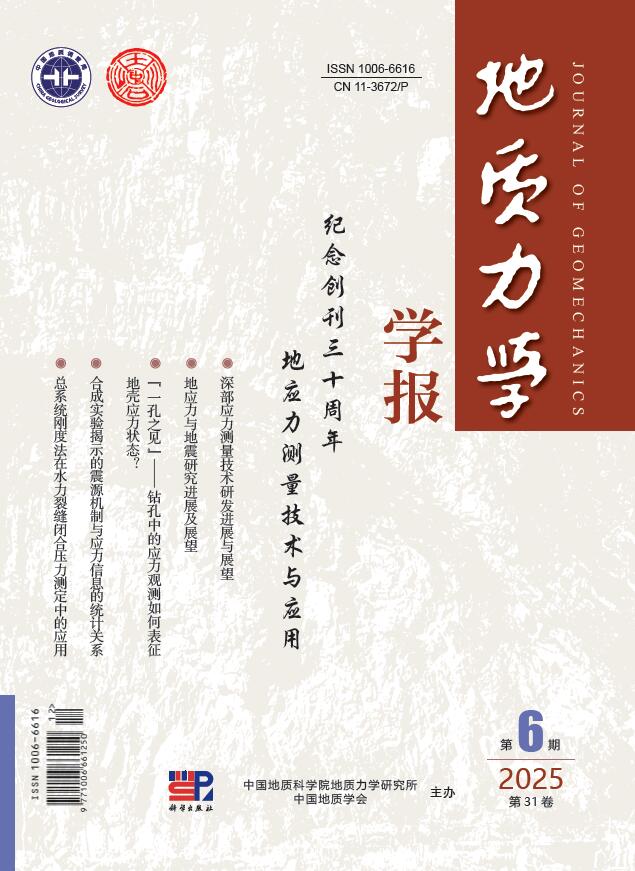2012 Vol. 18, No. 2
Display Method:
2012, 18(2): 97-109, 186.
Abstract:
2012, 18(2): 110-119.
Abstract:
2012, 18(2): 120-139.
Abstract:
2012, 18(2): 140-148, 194.
Abstract:
2012, 18(2): 149-157.
Abstract:
2012, 18(2): 158-164.
Abstract:
2012, 18(2): 165-177.
Abstract:
2012, 18(2): 178-186.
Abstract:
2012, 18(2): 187-194.
Abstract:
2012, 18(2): 195-202.
Abstract:



